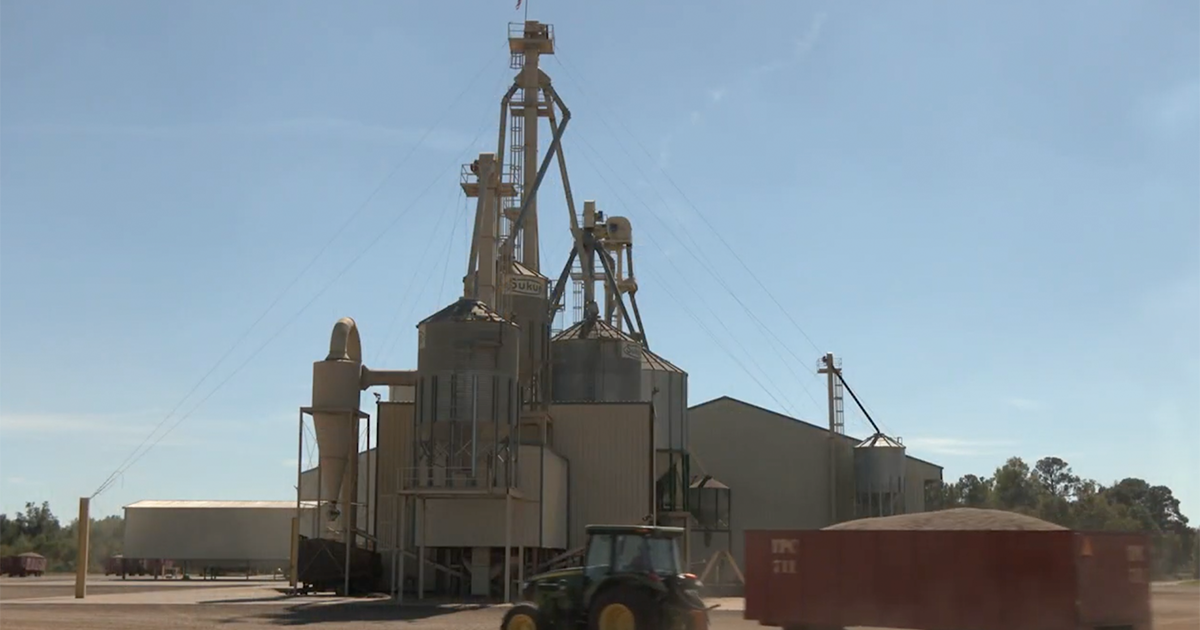Tifton, GA
Peanut harvest is wrapping up here in Georgia, which means shellers are now working overtime on this year’s crop. However, getting them from the fields to its final destination is anything but easy, involving a number of different steps along the way. That’s where the peanut buying point comes in as it offers growers all the assistance needed to help navigate this process.
“We’re the middleman between the shelling plants and the farmer,” says Timmy Domingue, General Manager of Tifton Peanut. “We provide the farmer with the equipment to get their peanuts from the field to the buying point. We dry them. We clean them. We have to grade them here. According to the grades is how we segregate where the peanut’s stored before it goes to the shelling plant.”
These operations are vital this time of year for the growers as they provide not only personnel to negotiate and document eventual sales, but also equipment the vast majority of them don’t have access to on their own farms.
“We’re just a necessary part of the operation to help them get it here because all of your farmers, they don’t have a way of drying their peanuts and cleaning them if they happened to need to be cleaned. They come from the farmer. The farmer actually picks them. The first thing we do is check the moisture. Once we check the moisture, that determines if it has to go to the dryer. If they don’t have to go to the dryer, then we grade them. Once they’re graded, then we dump them. We put them in tanks. We ship them out to a storage warehouse until they’re decided to be shelled,” says Domingue.
While it might sometimes be overlooked, the drying process is an essential role the buying point plays, as peanuts are far from ready for the shellers straight out of the field.
“They have to be at a certain moisture. If they’re not, then they mold and if they’re too dry, you don’t want to get them too dry because when you go to shell them, they bust open and split on you,” says Domingue. “Around here, we like to average about fifteen thousand tons as far as going through the shell, the buying point. We try to shell somewhere around eighty to ninety thousand tons at the shelling plant.”
As for this year’s crop, a difficult growing season that saw both high temperatures and long stretches of dry weather did have a negative impact on both the quality and quantity. That coincides with a price that is also lagging.
“Peanuts are off, dry, hot weather, yields are not near as good as last year nor their grades. Prices right now is five-fifty to six hundred dollars. So, you know, naturally a row crop, peanuts really, need to be seven hundred and fifty dollars,” says Domingue.
By: Damon Jones

